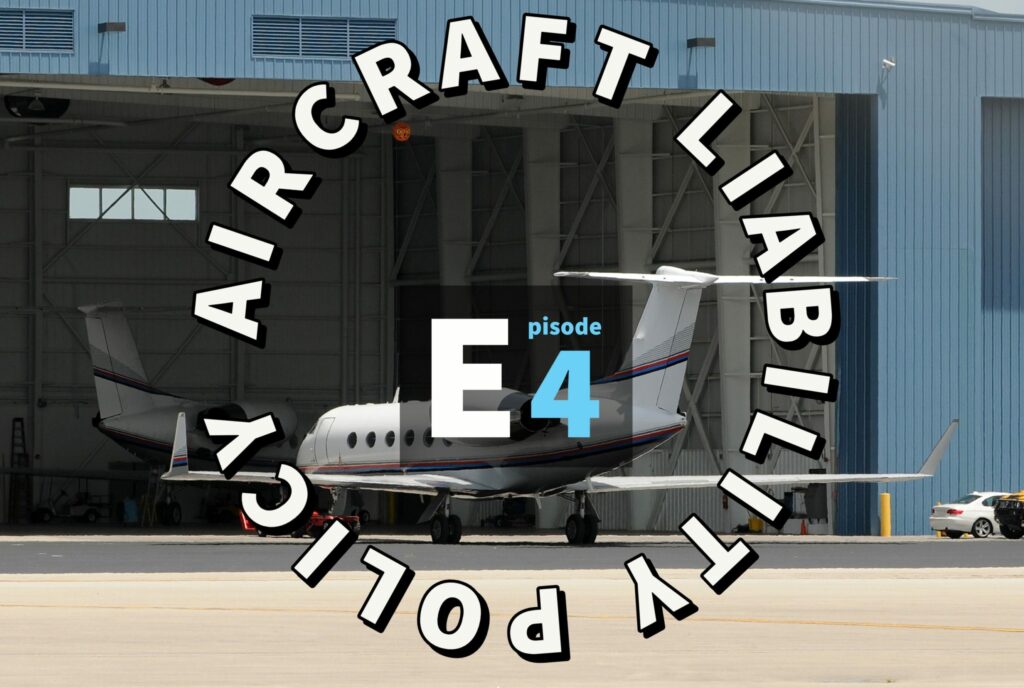Welcome back to the Aviation Insurance Blog, where today, we’re going to take a broad look at liability with regards to aircraft. For the moment, we’ll focus on the basics of liability, and in future blog posts, we will explore this in more detail.
Liabilities are the things for which you have legal obligation to third parties as a result of the operation of your aircraft. This can include passengers, bodily injury to other people on the ground, property damage, damage to other aircraft, property that the aircraft could potentially impact, and a surplus of other possibilities. With any of these liabilities, you become legally obligated to a third party as a result of an occurrence, a sudden, accidental event, or repeated event over time that leads to physical damage.
Typically, aircraft insurance companies will write on a combined single limit coverage. This results in one limit of liability for bodily injury, property damage, and passenger legal liability. However, these limits can have sub-limits as well. Consider a small aircraft with a limit of liability set at $1,000,000 each occurrence. There can be limitations of this amount so that passengers are only eligible for $100,000 of that coverage. So, this limit of liability would be $1,000,000 each occurrence sub-limited to $100,000 per passenger.
A few carriers may use the term per person instead of per passenger. A per person sub-limit results in less total coverage because it would include people on the ground as well as passengers. Slight differences like this one make it essential to read the wording of your liability coverage carefully.
For business jets, you may see limits anywhere from $5 to $500 million, and airlines can have liability limits as high as $2 billion. When it comes to aviation, liability limits are certainly high exposures. Along with your limited liability protection, you also get an educated legal defense. Your aviation insurers work with very knowledgeable aviation defense attorneys to protect you from potential risks.
What’s great about this protection is that the legal defense is outside of the limits of liability. So, if you have $1,000,000 of coverage and it takes $1,000,000 to defend the lawsuit, your coverage money isn’t gone because those are two separate levels of expenses. The only caveat is that the duty to defend your liability loss expires once the limit of liability is exhausted. This truly exemplifies the importance of carrying higher limits of liability so that they’re not exhausted as quickly.
You can purchase liability for the aircraft you own and operate, but you can also purchase coverage for a non-owned aircraft that you operate. It’s essential to communicate your situation with your broker in order to be certain that you have all the necessary coverage.
If you found this interesting or helpful, see more posts like this from our website and be sure to subscribe to the Aviation Insurance Podcast on iTunes, Spotify, Apple Podcasts, or your podcast player of choice.


